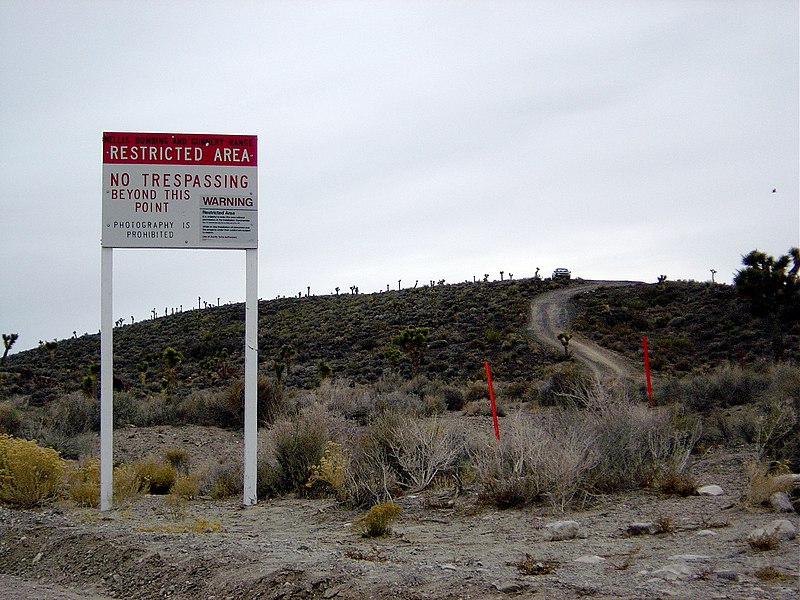 Some believe that AIDS was created by the U.S. Government or bestowed by a malevolent god. Some believe that Neil Armstrong never set foot on the moon, while others believe that Nazis first established a moon base in 1942. Some believe that recent tsunamis were caused by the U.S. military, and that said military is hiding evidence of alien visits in Area 51, Nevada. The latest of course is the great conspiracy of climate change, which apparently is created by socialists seeking to destroy the United States. This conspiratorial thinking makes for good reality-TV, and presents wonderful opportunities for psychological research. Why after all, in the face of seemingly insurmountable evidence, widespread common consensus and fundamental scientific reasoning, do such ideas, and their believers persist?
Some believe that AIDS was created by the U.S. Government or bestowed by a malevolent god. Some believe that Neil Armstrong never set foot on the moon, while others believe that Nazis first established a moon base in 1942. Some believe that recent tsunamis were caused by the U.S. military, and that said military is hiding evidence of alien visits in Area 51, Nevada. The latest of course is the great conspiracy of climate change, which apparently is created by socialists seeking to destroy the United States. This conspiratorial thinking makes for good reality-TV, and presents wonderful opportunities for psychological research. Why after all, in the face of seemingly insurmountable evidence, widespread common consensus and fundamental scientific reasoning, do such ideas, and their believers persist?
[div class=attrib]From Skeptical Science:[end-div]
There is growing evidence that conspiratorial thinking, also known as conspiracist ideation, is often involved in the rejection of scientific propositions. Conspiracist ideations tend to invoke alternative explanations for the nature or source of the scientific evidence. For example, among people who reject the link between HIV and AIDS, common ideations involve the beliefs that AIDS was created by the U.S. Government.
My colleagues and I published a paper recently that found evidence for the involvement of conspiracist ideation in the rejection of scientific propositions—from climate change to the link between tobacco and lung cancer, and between HIV and AIDS—among visitors to climate blogs. This was a fairly unsurprising result because it meshed well with previous research and the existing literature on the rejection of science. Indeed, it would have been far more surprising, from a scientific perspective, if the article had not found a link between conspiracist ideation and rejection of science.
Nonetheless, as some readers of this blog may remember, this article engendered considerable controversy.
The article also generated data.
Data, because for social scientists, public statements and publically-expressed ideas constitute data for further research. Cognitive scientists sometimes apply something called “narrative analysis” to understand how people, groups, or societies are organized and how they think.
In the case of the response to our earlier paper, we were struck by the way in which some of the accusations leveled against our paper were, well, somewhat conspiratorial in nature. We therefore decided to analyze the public response to our first paper with the hypothesis in mind that this response might also involve conspiracist ideation. We systematically collected utterances by bloggers and commenters, and we sought to classify them into various hypotheses leveled against our earlier paper. For each hypothesis, we then compared the public statements against a list of criteria for conspiracist ideation that was taken from the previous literature.
This follow-up paper was accepted a few days ago by Frontiers in Psychology, and a preliminary version of the paper is already available, for open access, here.
[div class=attrib]Read the entire article following the jump.[end-div]
[div class=attrib]Image: Area 51 – Warning sign near secret Area 51 base in Nevada. Courtesy of Wikipedia.[end-div]
